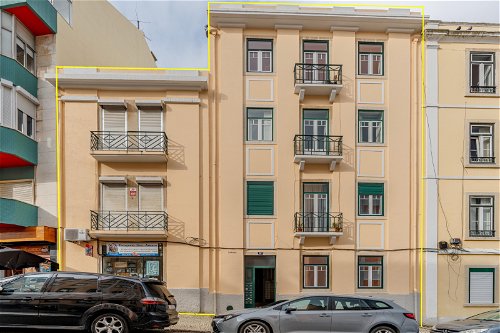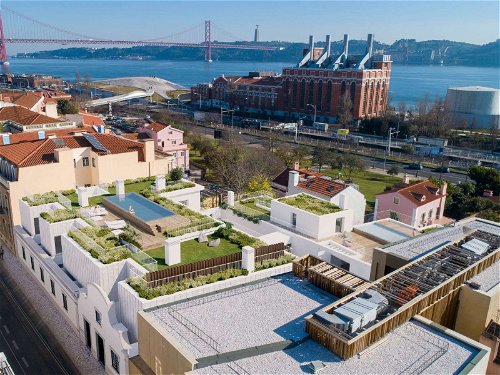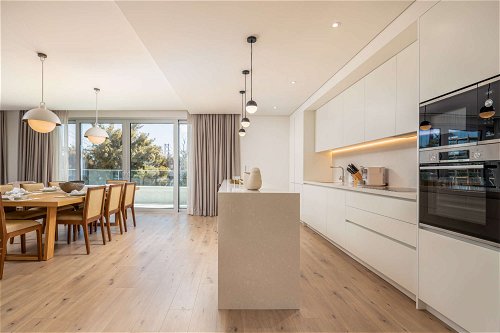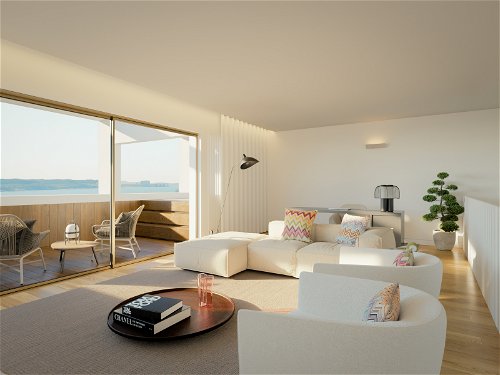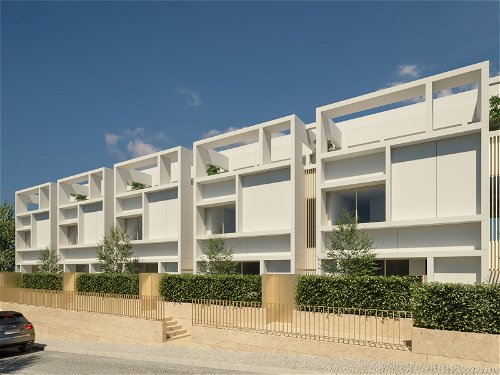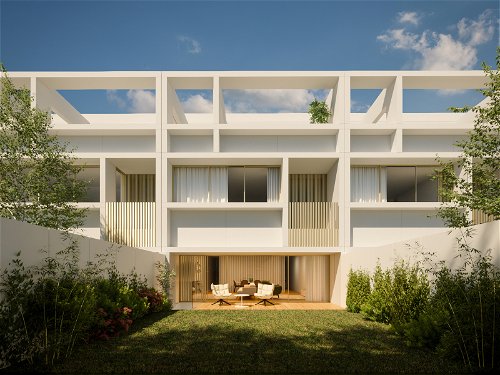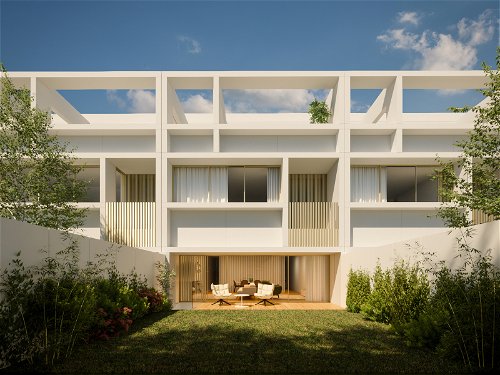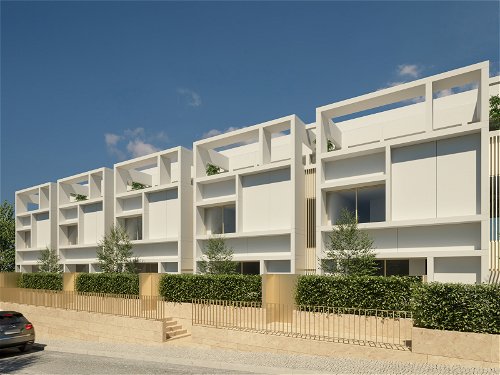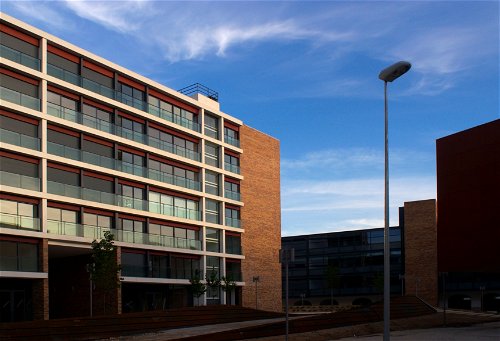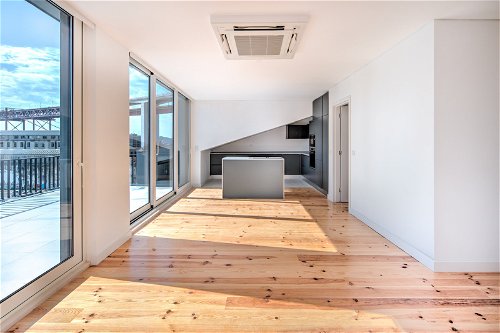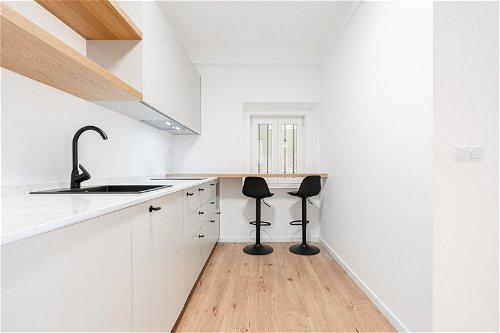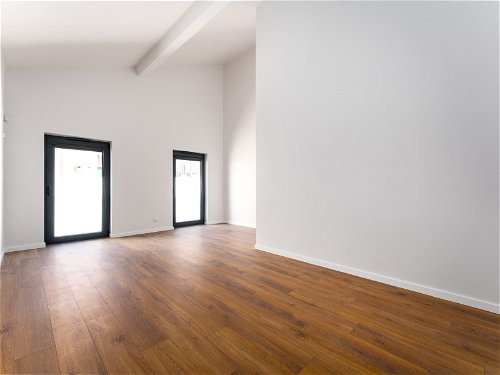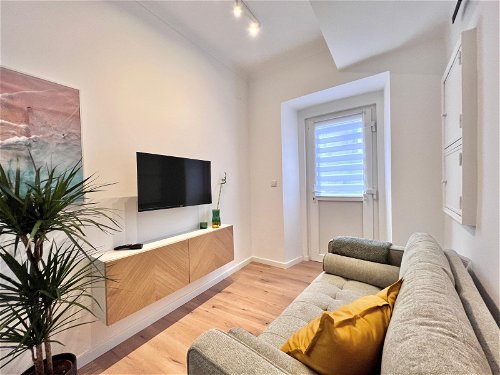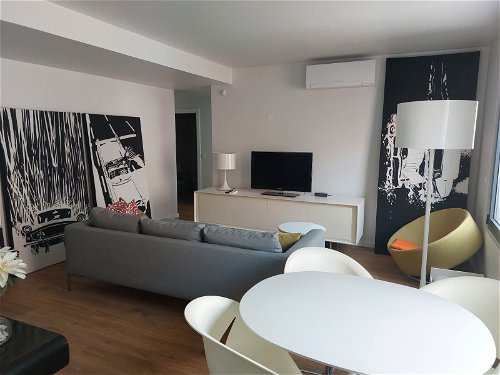Property for sale Alcantara
Finding property for sale Alcantara has been made easy for the modern buyer. As we have selected the finest properties available on the market in our luxury portfolio. The look and small town feel of pre hype Lisbon lives on in the western waterfront of Alcantara.
Lisbon is one of Europe’s most popular destinations. And that has changed the face of the city. Replacing grocery stores. And local pharmacies. And bakeries with sleek cafés and restaurants. But the look and feel of Lisbon lives on in pockets of the city. Particularly the western waterfront neighbourhood of Alcantara.
If you are looking for a property for sale in Alcantara. Our multilingual sales consultants with years of experience can help you find your dream home.
If you want to experience traditional Portuguese bread in all its near-bygone glory, head across the street to , a bakery that is the brainchild of 23-year-old entrepreneur Diogo Amorim, who’s helping to revive domestic grain production, which was decimated in the wake of Portugal’s 1986 entry into the European Union.

